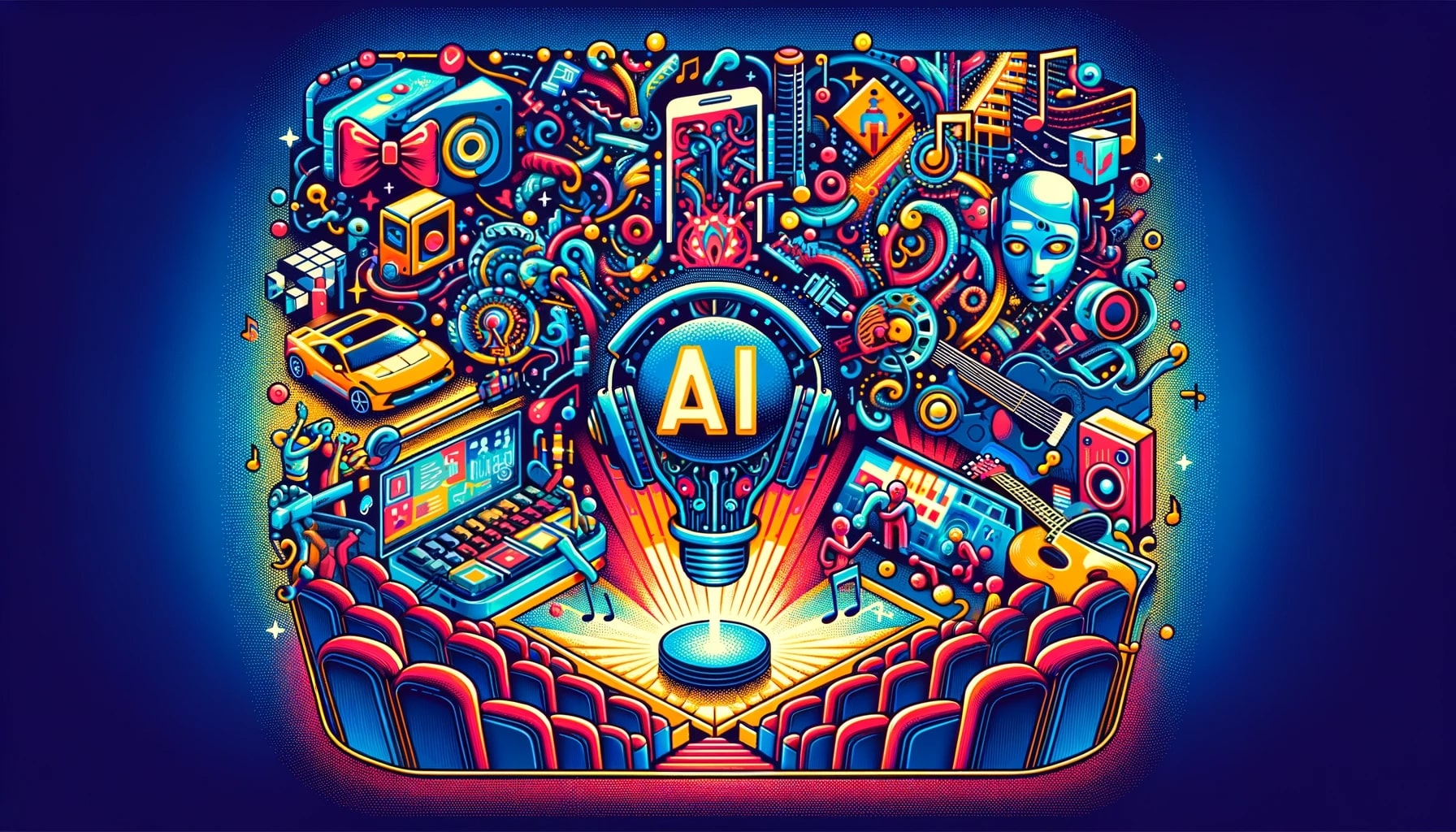The article published in Front Big Data delves into the increasing use of Artificial Intelligence (AI) in software development, highlighting the significant security risks associated with AI-generated code. The study underscores how AI-assisted coding can enhance productivity and coding skills but simultaneously introduces vulnerabilities, raising concerns about the reliability of such software. This investigation is crucial as AI becomes more integrated into the development process, necessitating robust security measures to mitigate potential risks.
Systematic Literature Review
The research employed a systematic literature review to assess the current state of AI’s impact on software security. By compiling and analyzing existing studies, the review categorizes the types of security flaws frequently found in AI-generated code. This approach not only identifies prevalent vulnerabilities but also highlights the potential for these weaknesses to be exploited, emphasizing the need for improved security protocols in AI-driven software development. The study references the MITRE CWE Top 25 Most Dangerous Software Weaknesses to illustrate common security issues in this context.
Furthermore, the review discusses various efforts to enhance the security of AI-generated code. These attempts are crucial for understanding the ongoing challenges and potential solutions in securing AI-assisted software. The research identifies the necessity for specialized security measures and processes tailored to AI-aided code production, suggesting that traditional security practices may not be sufficient.
Impact on Software Security Engineering
The findings have significant implications for the software security engineering community. The comprehensive overview provided by this research highlights the urgent need for integrating security measures into the AI coding process. The study suggests that code verification and other security practices should be customized to address the unique risks posed by AI-generated code. This proactive approach is essential for preventing the exploitation of vulnerabilities and ensuring the reliability of software developed with AI assistance.
Compared to earlier reports, which primarily focused on the productivity and efficiency benefits of AI in coding, this study brings a critical perspective on the security risks involved. Previous discussions often overlooked the potential for AI to introduce hidden vulnerabilities, whereas this research provides a detailed examination of such risks. By systematically reviewing the literature, the study offers a more nuanced understanding of the security implications of AI in software development.
Additionally, earlier publications did not extensively address the specific types of vulnerabilities that AI-generated code might harbor. This research fills that gap by analyzing well-known security weaknesses and their prevalence in AI-assisted coding. The emphasis on the MITRE CWE Top 25 Most Dangerous Software Weaknesses provides a concrete framework for understanding the security challenges posed by AI in this domain.
To address these challenges effectively, developers and security engineers must adopt a holistic approach to software security. This involves not only implementing traditional security measures but also developing new strategies tailored to the unique risks of AI-generated code. Continuous education and training in secure coding practices, along with regular code audits and verification processes, are essential for maintaining the integrity and reliability of AI-assisted software. By staying informed about the latest developments and potential vulnerabilities, the software security community can better safeguard against the risks posed by AI in coding.










